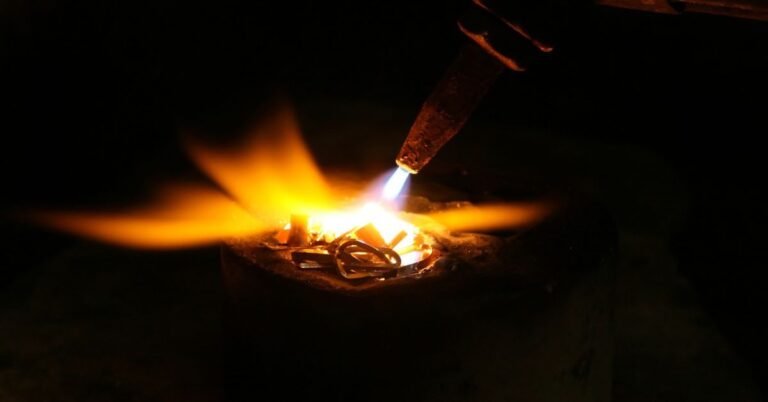Responsible Handling of Gas Cylinders: Safety First!
Gas cylinders are essential tools in various industries, providing a wide range of gases for welding, cutting, heating, and other applications. However, mishandling these cylinders can pose serious safety risks. In this blog post, we will outline the dos and don’ts of handling gas cylinders to ensure the safety of both workers and the surrounding environment. From proper handling procedures to storage recommendations, let’s delve into the world of safe gas cylinder management.
The Dos:
- Follow Manufacturer’s Guidelines: Before handling, transporting, or using gas cylinders, always adhere to the manufacturer’s guidelines and recommendations for safe handling practices.
- Wear Personal Protective Equipment (PPE): Prioritize your safety by wearing the appropriate PPE, including gloves, safety glasses, and protective clothing, to shield yourself from potential hazards.
- Secure and Stabilize Cylinders: Ensure that gas cylinders are securely fastened and stable during transportation to prevent accidental tipping or rolling.
- Point Valve Away: Always direct the cylinder valve and outlet away from people and flammable materials to avoid potential hazards.
- Check Pressure Ratings: Verify the cylinder’s pressure rating and ensure it is not exceeded while using the gas to prevent over-pressurization accidents.
- Use Compatible Equipment: Utilize valves, regulators, and other equipment that are specifically designed and compatible with your trade gas cylinder.
- Provide Adequate Ventilation: When using gas cylinders indoors, ensure proper ventilation to prevent the buildup of hazardous gases.
- Maintain Clean and Dry Storage: Keep gas cylinders and storage areas clean and dry to prevent the accumulation of dirt, debris, or moisture.
The Don’ts:
- Don’t Misuse Cylinders: Never use gas cylinders for any purpose other than their intended applications, as this can lead to serious accidents.
- Avoid Heat or Ignition Sources: Keep cylinders and valves away from heat sources and ignition points to prevent potential fires or explosions.
- Don’t Use Damaged Cylinders: Never use damaged or corroded gas cylinders, as they may compromise the integrity of the container and leak hazardous gases.
- Avoid Confined Spaces: Store gas cylinders in well-ventilated areas, avoiding confined spaces that may accumulate dangerous gases.
- Don’t Use Magnetic Materials: Do not handle or transport gas cylinders using magnetic materials or cranes, as this can damage the cylinder’s integrity.
- Don’t Tamper with Valves: Refrain from tampering with cylinder valves or adapters, as any unauthorized modifications can lead to accidents.
Storage Recommendations:
- Ventilated Storage: Store gas cylinders in well-ventilated areas, away from heat sources or flammable materials.
- Spark-Proof Fittings: For flammable gases, ensure the storage area has spark-proof fittings to prevent potential ignition.
- Upright Storage: Keep cylinders upright, preferably on a pallet, and not directly on the floor to prevent corrosion or rust.
- Separate Incompatible Gases: Store incompatible gases separately to avoid spontaneous reactions if mixed.
- Separate Full and Empty Cylinders: Always store empty and full cylinders separately to avoid confusion and potential hazards.
Conclusion:
Proper handling and storage of gas cylinders are paramount to ensuring the safety of workers and the surrounding environment. By following the dos and don’ts outlined in this blog post, you can create a secure workspace and minimize the risk of accidents related to gas cylinders. Safety should always be the top priority when dealing with gas cylinders, and adhering to these guidelines will contribute to a safer and more efficient work environment. Remember, a proactive approach to gas cylinder management leads to a brighter future for everyone involved. Stay safe and handle gas cylinders responsibly!







